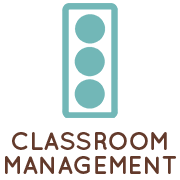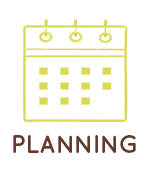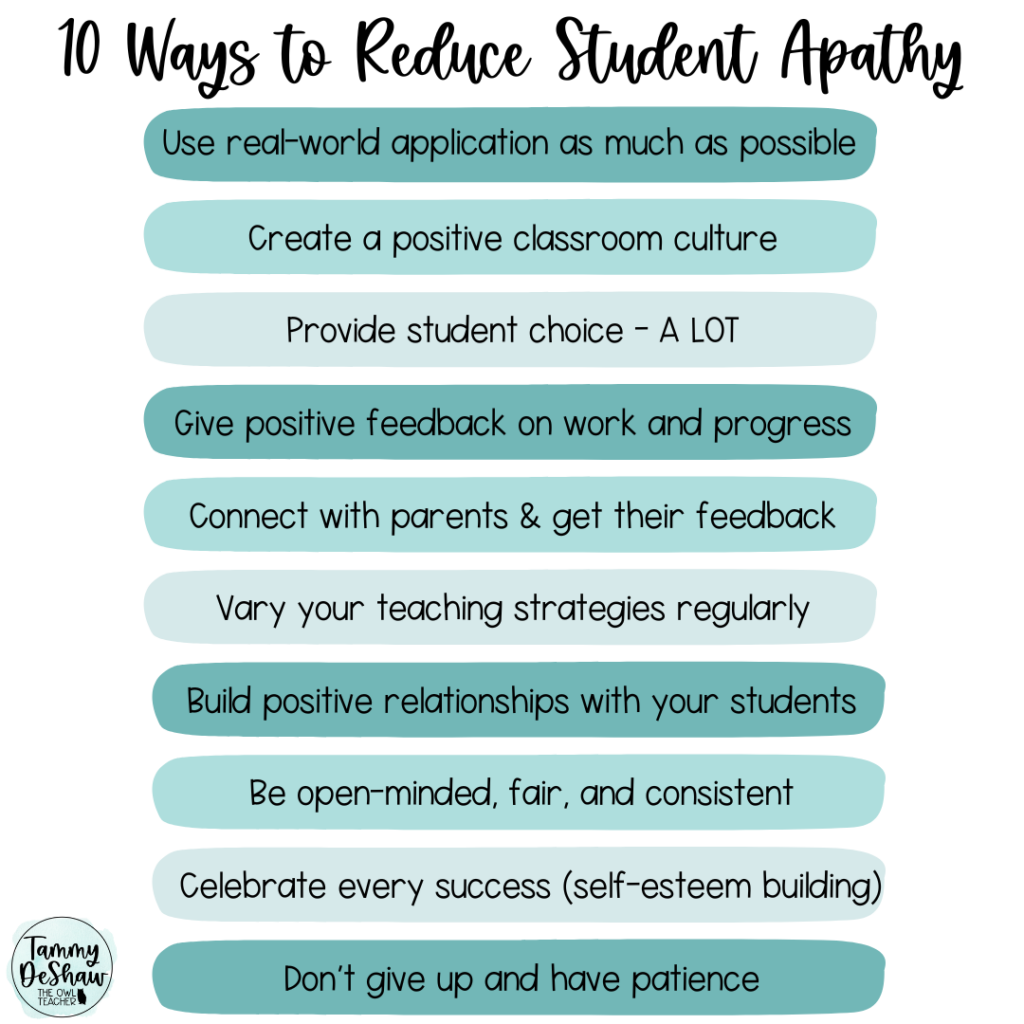



I have compiled 25 quick and easy tips for new teachers to help you navigate the challenges of teaching. I remember when I started my career as a new upper elementary teacher; It was both exciting and challenging. As a new teacher, you may feel overwhelmed by all the responsibilities and expectations of your new role.
With the right strategies and mindset, you can create a positive and engaging learning environment for your students and set yourself up for a successful school year. From establishing a positive classroom culture to using positive reinforcement and fostering a love of learning, these tips for new teachers will help you build the skills and confidence needed to become a successful upper elementary school teacher!
The Top 25 Tips for New Teachers: Ideas for Success
The tips for new teachers below are in no particular order, nor are they a complete list. Instead, the list is a quick and easy guide to get you started and prepare you. They are also not just tips for new teachers but for any teacher really.
1.) Establish a Positive Classroom Culture. It’s important to create a welcoming and supportive classroom environment so that you are fostering a positive learning experience for your new students. Teach the children about active listening and respecting one another so that they feel comfortable sharing their thoughts, perspectives, and needs.
2.) Get to Know Your Students. This is so very important. Take the time to get to know your students’ interests, strengths, and needs. This will help you tailor your instruction and activities to their learning styles and engage them more effectively. You can find a free interest survey here in my post 10 Ideas to Get to Know Your Students.
3.) Plan Your Lessons in Advance. In upper elementary, students need structure and routine. When you plan your lessons ahead of time, you can keep things consistent, be well-organized, engaging, and plan a variety of activities that will meet the needs of your students.
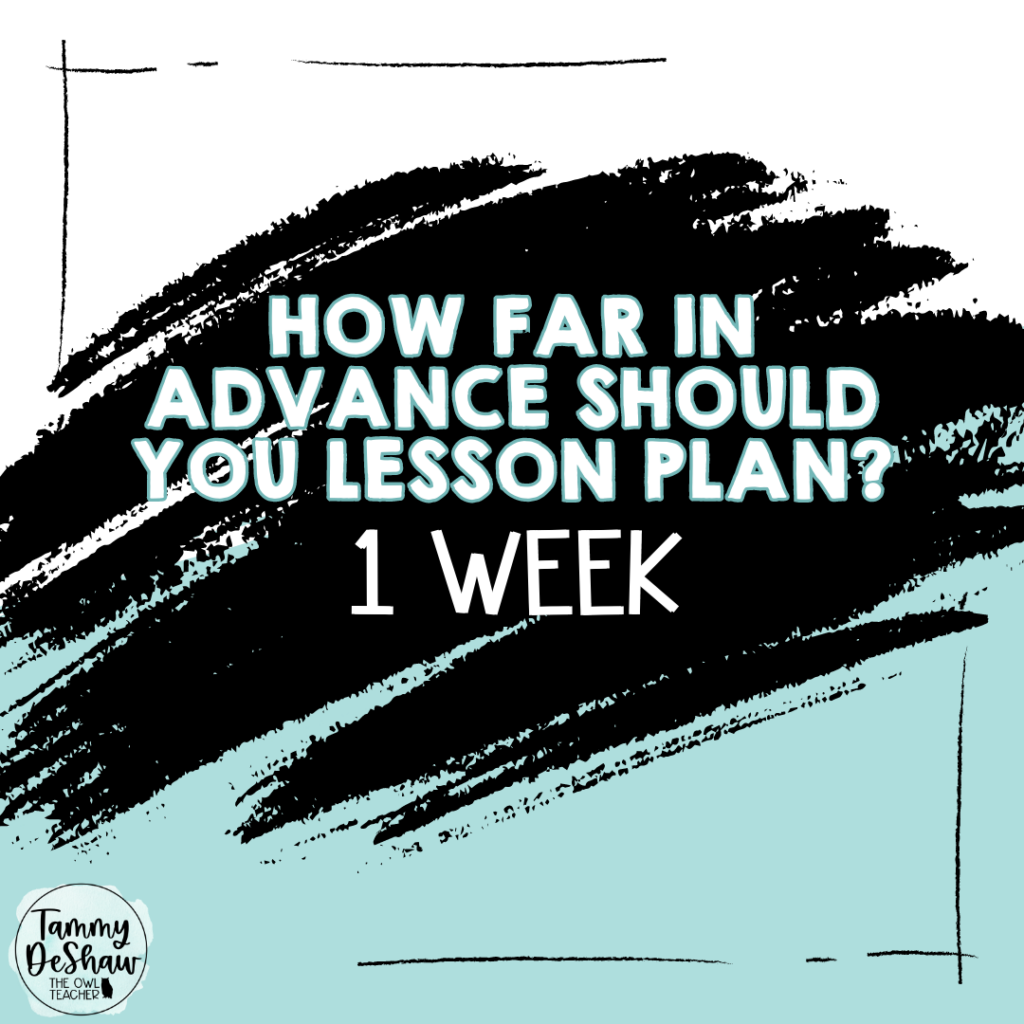
4.) Provide Differentiated Instruction. With that said, you are going to have students in your class that are not on grade level yet, students who have mastered the grade level standards, and everywhere in between. This may seem challenging but through differentiation you can create lessons that not only meet students where they are academically but also create lessons based on their interest and learning style. This helps tremendously with student growth.
5.) Collaborate with Colleagues. I know this can be hard if you are an introvert like me. However, collaborating with other teachers can help you gain insights into effective teaching practices, help with lesson planning, and provide support when you need it. If your school doesn’t offer it, consider seeking out mentorship to help you during your first year or two.
6.) Use Positive Reinforcement. Elementary students can be motivated through positive reinforcement. This helps build their confidence and encourages continued success. You can use praise, rewards, or other positive reinforcement strategies to encourage students to do their best. This also helps create that positive classroom culture (#1).
7.) Be Patient with Yourself and Your Students. Every year teaching comes with rewards and challenges. It will require a little patience as you learn and gain experience. I imagine I didn’t really need to put this in this list of tips for new teachers but sometimes we need gentle reminders.
8.) Create a Positive Home-School Connection. Communicate regularly with parents about classroom activities, events, and their child’s growth. Encourage a partnership that supports student success and seek their feedback.
9.) Use Technology Wisely. Technology is a great tool and an engaging way to enhance learning, but it should be used thoughtfully and purposely. Make sure you are using technology tools and resources that align with your learning objectives and as always, use them in ways that are safe, age-appropriate and effective.
10.) Prioritize Self-Care. Teaching is demanding and a stressful profession. It’s important that you make time for activities that will promote physical and mental health such as exercising, meditating, and socializing. Check out these 8 Must-Do Ideas for Teacher Self-Care. You may even want to consider positive self-talk to stay motivated and focused. Encourage yourself with positive affirmations and reminders of your strengths and successes.
11.) Seek Feedback. As a new teacher you are going to wonder regularly if you are doing it right or if you could do better. It’s extremely common among teachers to always try to improve and do their best. You can gain insight into areas of improvement and opportunities of growth through feedback from colleagues, administrators, and even students.
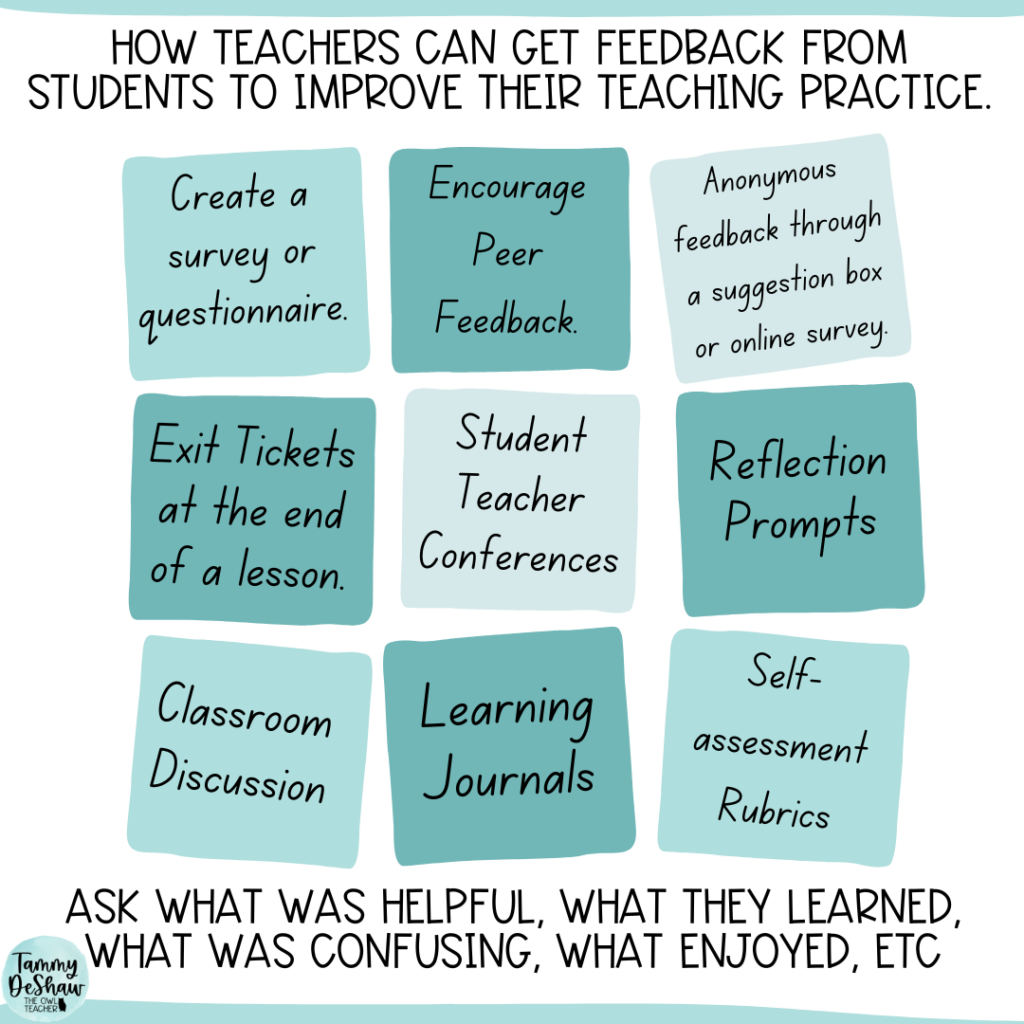
12.) Embrace a Growth Mindset. Not only should you encourage growth mindset in your students, but you should also embrace it yourself. When you model growth mindset you are showing students that mistakes and challenges are opportunities for learning and growth. Help students feel comfortable with taking risks, making mistakes, and learning from their failures. Check out my growth mindset content here.
13.) Continue with Professional Development. Most schools provide professional development but if they do not, make sure you are seeking opportunities for ongoing learning and development to enhance your teaching skills and expertise. Professional development opportunities, such as conferences, workshops, and online courses, are better than any post with tips for new teachers! (This will also help you stay up-to-date on current research, best practices, and trends in education.)
14.) Use Assessment and Data to Guide You. The assessment does not need to be summative. I encourage you to assess regularly even if it’s merely by observation. Assessment can feel like a dirty word, but it really does help us determine where our students are and where we need to go. It does not need to be in a test form. In fact, it can be as simple as these 24 Exit Ticket Ideas (with a freebie!). Information gained from observations, assessments and other sources inform your instruction and helps you adjust your teaching strategies to meet the needs of your students.
15.) Incorporate Hands-on and Experiential Learning. Research has shown that students benefit from concrete and inquiry learning. Plan activities that allow students to explore, create, and discover on their own. Use this as the start of your scaffolding experience.
16.) Use a Variety of Instructional Strategies. If you’ve been around a while, you know that varying instructional strategies is one of my passions. I love to mix things up in the classroom. This method engages students, motivates them, and allows them to be active in their learning.
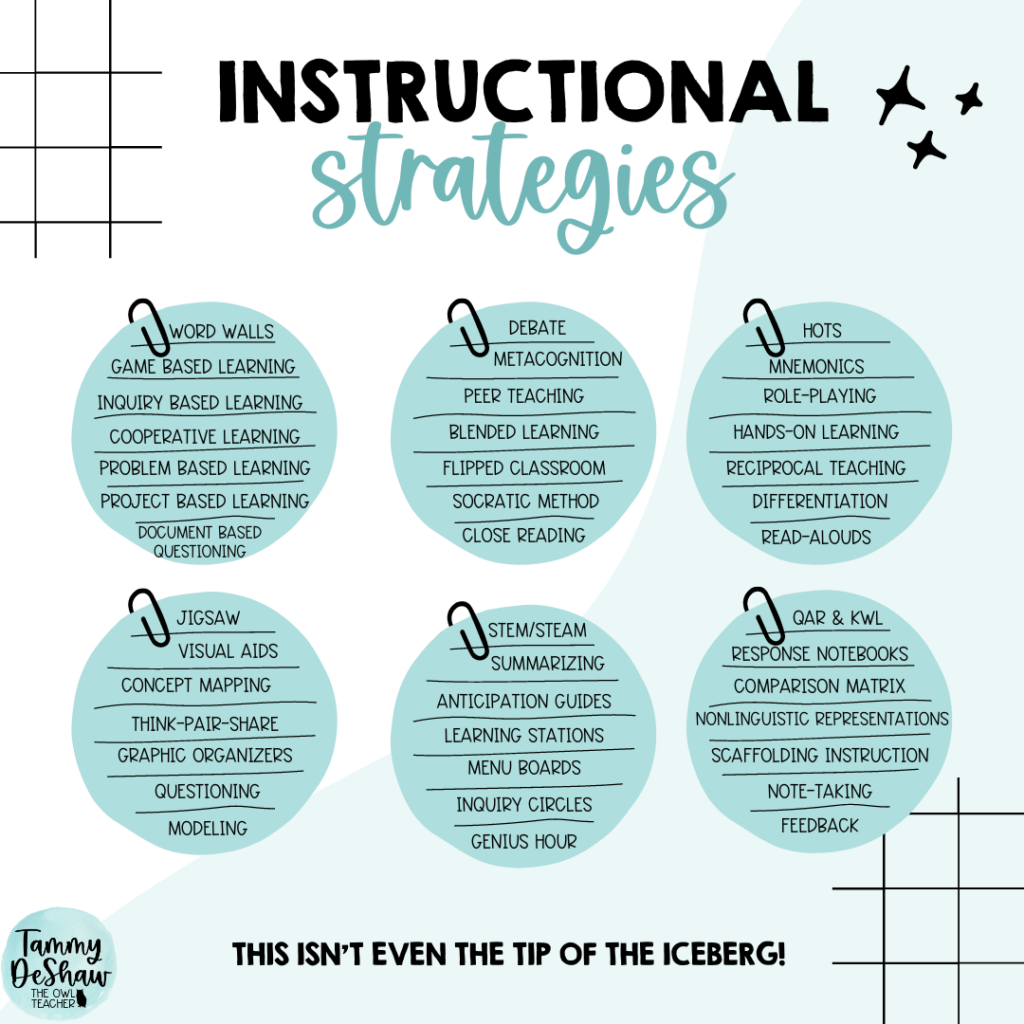
17.) Seek Out High-Quality Resources. There are lots of free options online and at first you may have the thought that you’ll take anything you can get your hands on. But after a while you end up with a large collection of lookalikes on your computer taking up space that you really aren’t going to use. (I speak from experience.) At first glance, they all look like something that will help your students practice or review, and they’re free, so why not!
What you really need are resources that are going to make your students think, goes deep into the concept, and aligns with your curriculum/standards. If you have to hodge-podge resources together, you’re wasting valuable time and it’s not a high-quality resource. Provide your students with resources that are more than just a worksheet. Once you find that high-quality resource, you can reuse it year after year.
18.) Use Humor (appropriately). Sometimes the only way to get through things are through humor. While I know that I shouldn’t have to say it in this post, it is tips for new teachers so maybe it’s not thought of. Anyway, sarcasm is not humor nor understood by children. Avoid humor that is inappropriate, offensive, disrespectful, or could even be misconstrued as such.
19.) Emphasize Growth over Grades. I’m not saying grades are not important, but it’s essential that we focus on student growth and progress rather than just a final grade. While a jump from a C to a C+ looks like very little, the movement in growth could be HUGE.
20.) Prioritize Equity and Inclusivity. Create an inclusive and equitable learning environment that recognizes and values the diversity of your students. Use culturally responsive teaching strategies to ensure that all students feel welcome and supported in your classroom. Celebrate the diversity of your student by honoring their backgrounds, experiences, and perspectives.
21.) Encourage Student Ownership of Learning. Right now apathy is widespread among students. We need to encourage students to take ownership of their learning by setting goals, monitoring their progress, and reflecting on their achievements. Provide opportunities for student choice and collaboration to help them feel more invested in their learning.
22.) Use a Classroom Management System That Works. At one time we used classroom management systems that would be considered embarrassing and punitive today. It has been determined that positive behavior management strategies such as positive reinforcement and restorative justice can be more effective measures for promoting positive behavior in the classroom. However, different teachers have different classroom management styles that work best for them. Experiment with different strategies and find the ones that work best for you and your students.
23.) Build Relationships with Your Students. Along with getting to know your students, it’s essential to create relationships to show that you care about their well-being and success. The well-being of the students is a top priority and students should know that you care about their physical, social, and emotional well-being. Students are more successful when they feel liked and supported. This post provides some steps to Building Relationships with Students.
24.) Build a Support Network. This is especially important your first year when you navigate the ups and downs of teaching. Build a supportive network of colleagues, friends, mentors, and family members who can provide guidance, advice, support, and just be a sounding board to listen or comfort you when you need it.
25.) Make Learning Fun. For some reason over the years I have felt like the word fun was not allowed because if you’re having fun then you aren’t teaching or the kids aren’t learning. In fact, it’s like you have to replace the word fun with “engaging” so it’s more appropriate. This is absolutely not true. One of the best tips for new teachers I can give is that students can learn and have fun at the same time. You are allowed to create lesson plans that are fun! Learning should be fun and engaging, especially for elementary students! Use games, puzzles, and other activities that make learning enjoyable and memorable.
While I could likely keep going on my list of tips for new teachers, I felt I needed to stop. I wouldn’t want you to feel overwhelmed just reading a list! Just do the best that you can and realize that will make mistakes. As the first year progresses, you will learn who you are as a teacher and what works for you. Each year will get easier and no matter what, you will love what you do, the children you have, and the difference you make each day!
Thank you for choosing this rewarding career! May your first year be the best.
Consider checking out my blog regularly for tips, heading to my TpT Store to purchase high-quality resources to help you get through the year, or if you teach math and science, join my email list for regular newsletters.


